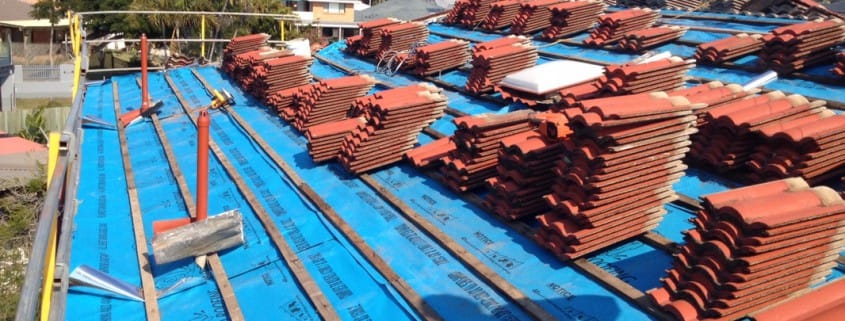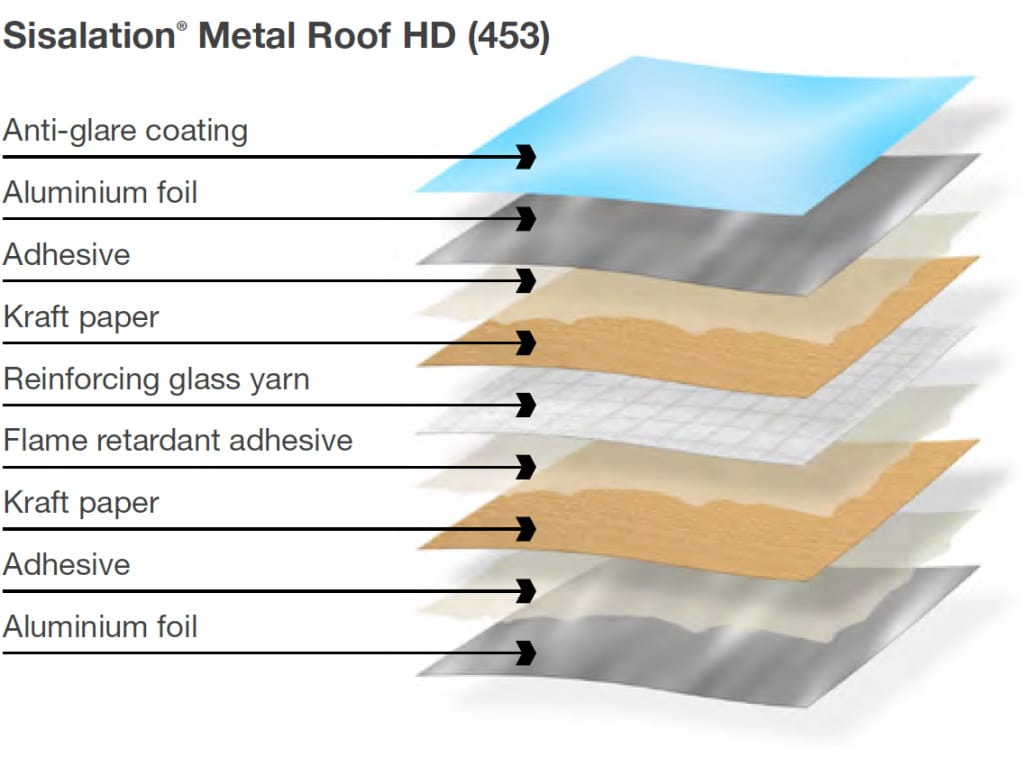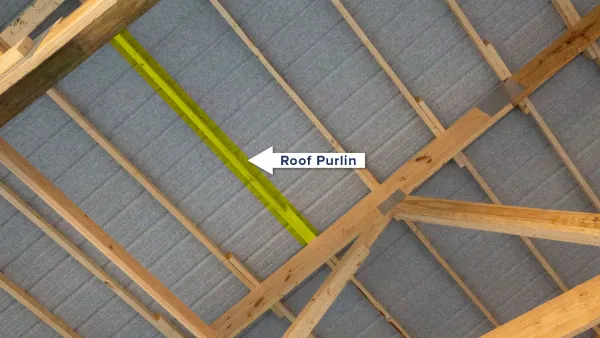Have you heard about roof sarking? If not, it’s time to learn. Roof sarking is one of the most important yet often overlooked parts of home construction. As a homeowner, understanding roof sarking and how it protects your property is key. This breathable membrane acts as a second skin underneath your roof, keeping elements out while letting moisture escape.
You’re about to embark on an exciting new chapter by building or renovating your home. There are so many decisions to make and products to choose, but roof sarking should be at the top of your list. Installing roof sarking is one of the smartest investments you can make. It provides essential protection against leaks, dampness and damage to your roof space. Your roof is one of the most important parts of your home, so it makes sense to give it the best care and protection possible.
Roof sarking has significant benefits for the longevity, energy efficiency and comfort of your home. This guide will walk you through everything you need to know about roof sarking: what it is, how it works, the different types available and why every home needs it. Your roof and your wallet will thank you for it.

What Is Roof Sarking?
Roof sarking, or roof insulation, is a water-resistant membrane installed under your roof tiles. It acts as a protective barrier, preventing moisture from seeping into your roof cavity and home interior.
Roof sarking comes in rolls of breathable material, like reflective aluminium foil or waterproof bitumen felt. It's installed by roofers horizontally across your rafters or trusses, with overlaps to channel water away. The sarking sits between your roof covering and the internal ceiling lining.
Using roof sarking is a smart idea for any new home build or re-roof. It enhances the thermal performance and energy efficiency of your roof, reducing heating and cooling costs. The sarking also minimises condensation build-up, preventing rot and mould in the roof cavity.
For the best results, choose a sarking with an appropriate R-value for your local climate. The higher the R-value, the greater the insulation and energy savings. Sarking rated R1.5 to R3 is good for warmer areas, while R3 to R5 is better for cooler climates.
Roof sarking may cost a little more upfront but will save you money in the long run through improved comfort and energy efficiency in your home. It really is a win-win, providing essential protection for your most valuable asset. Why not take advantage of this simple upgrade for a roof that's built to last?
The Benefits of Installing Roof Sarking
Installing roof sarking is one of the smartest moves you can make for your new home. What exactly is roof sarking? It’s a moisture-resistant membrane installed directly under your roof tiles or metal sheeting.
Temperature Control
Roof sarking acts as an extra layer of insulation, helping to regulate the temperature in your home. In summer, it reflects heat to keep your rooms cooler. In winter, it traps warmth inside to reduce your heating costs.
Protection from the Elements
High-quality roof sarking protects your roof space from the elements. It prevents wind, rain and moisture damage, increasing the lifespan of your roof. It also stops dust, pollen and insects from entering through tiny cracks.
Improved Energy Efficiency
By improving insulation and blocking drafts, roof sarking can significantly boost your home’s energy efficiency. This lowers your utility bills and reduces your environmental footprint. Many types of roof sarking carry an R-value rating to indicate how well they insulate. The higher the R-value, the better.
Added Soundproofing
Roof sarking muffles outside noise that would otherwise travel through an unlined roof space into your home. It dampens the sounds of rain, wind and traffic for a quieter, more peaceful environment indoors.
Peace of Mind
Quality roof sarking gives you peace of mind knowing your roof is well-protected from potential damage or leaks. It’s a small upfront investment that pays off for the lifetime of your roof. For hassle-free protection, look for roof sarking materials with at least a 15 to 30-year warranty.
Roof Sarking Materials That Meet AS/NZS 4200.1 Standards
Roof sarking comes in several materials to suit your needs and budget. The most common types are:
Breathable sarking
Made of permeable materials like polypropylene, breathable sarking allows moisture to pass through while protecting from wind and rain. It’s a good all-purpose option for most homes. Popular brands are Actis Boost and DuPont Tyvek.
Reflective sarking
Uses a metalized surface to reflect radiant heat and keep attics cooler in summer. Can reduce cooling costs by up to 30%. Reflective sarking may reduce the life of some roof materials over time though, so check with the roof product’s warranty first. Brands like Actis Hcontrol and CSR Bradford Enviroseal are reflective sarking.
Insulating sarking
Has an added layer of insulation, usually made of polyester fibre. It improves the thermal performance and energy efficiency of your roof. Insulating sarking can achieve insulation levels from R0.5 up to R4.0. Popular brands are Kingspan Kooltherm and CSR Bradford Platinum.
- Vapour barriers - For colder climates, use sarking with an integrated vapour barrier to prevent moisture build-up in the roof.
- Aluminium foil sarking - Uses a layer of aluminium foil to reflect nearly 95% of radiant heat. It’s very effective but more expensive and can be tricky to instal. Brands like Actis Boost ALU and Kingspan Kooltherm K10 PLUS use foil.
- Bitumen-based sarking - Uses asphalt or bitumen and offers very high water resistance. Mainly used for commercial roofing. Brands like Soprema Sarking Asphalt and Siplast Parafor 50 are bitumen sarking.
The sarking you choose depends on your climate, budget and performance needs. When installed properly by a professional, roof sarking can make your home more energy efficient, comfortable and help your roof last longer.
Conclusion
Now you know why this hidden layer is so important for your home. It protects your roof space, saves you money on energy bills, and gives you peace of mind that your home is well-insulated. While sarking materials and installation do cost money upfront, the long-term benefits to your home and hip pocket make it well worth the investment.
When building or renovating, don't cut corners and miss out on this critical part of the roof construction. Get roof sarking installed, choose a reputable brand that meets the Australian standards, and enjoy a more comfortable home for years to come. Your roof and wallet will thank you for it!
Final Rant
Note: CSR Roofing strongly recommends the use of Sarking/Underlay in all roofing projects. You might think, "Of course they do, it's more profitable for them," but it's important to understand that these companies have extensively researched building science. They play a significant role in developing Australian Standards alongside industry groups. When reviewing manufacturers' manuals, it's clear that they specify minimum requirements for every home.
Unfortunately, builders often classify many of these essential elements as "optional" or additional inclusions. This shouldn't be the case. Your new home should be constructed to the highest livable standards, ensuring it can withstand its environmental conditions. This includes resistance to moisture, water penetration, and mold, creating a healthy and enjoyable living space. You shouldn't need to rely excessively on air conditioning, nor incur the energy costs associated with it, to make your home comfortable. The omission of crucial elements like sarking by builders in their constructions is a disservice to homeowners.







